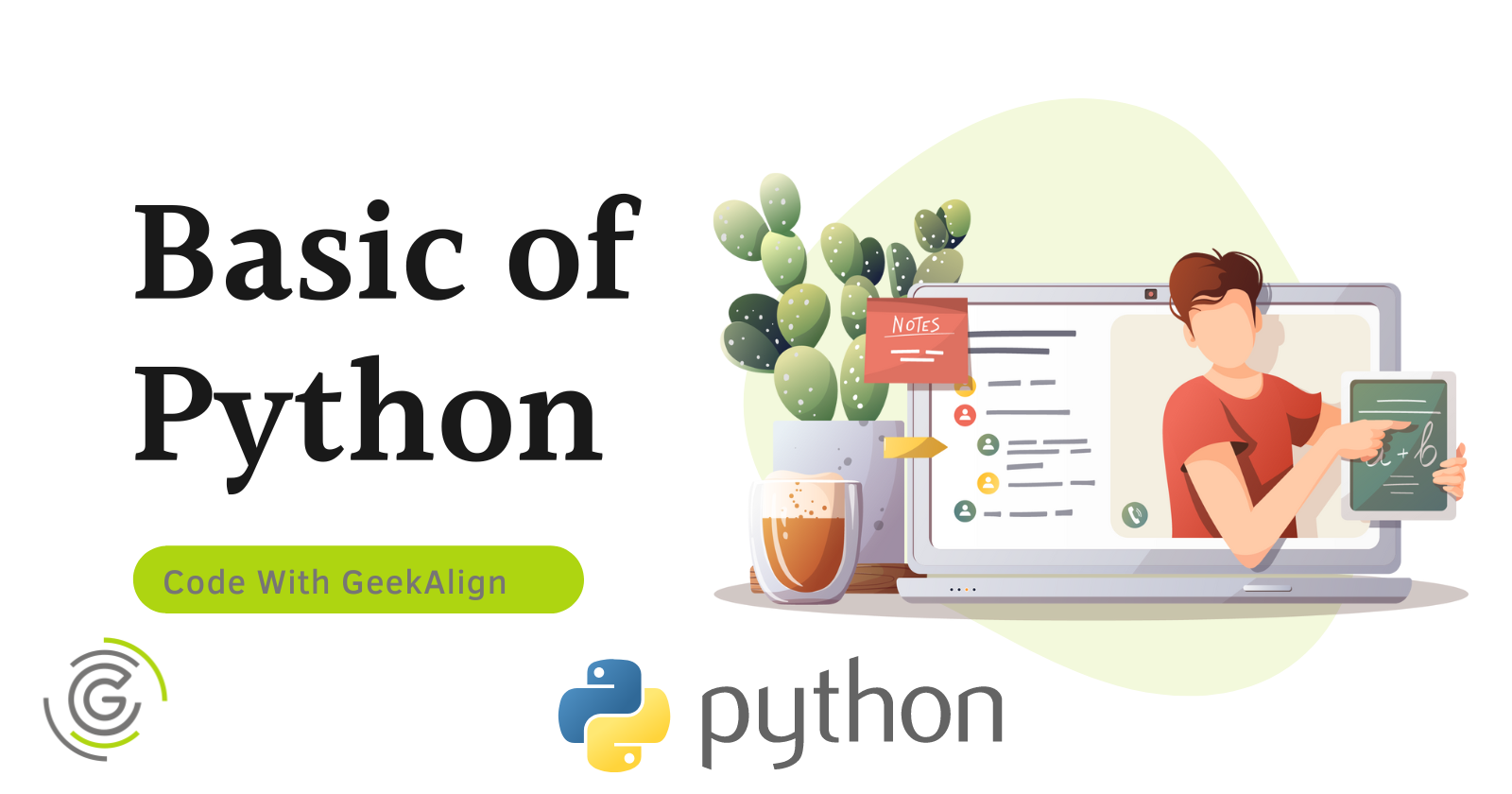Basics of Python
 AMIT MAHTO
AMIT MAHTO
What is Python?
Python is a General Purpose High-Level programming language.
Python was developed by Guido Van Rossum in 1989. But officially Python was made available to the public in 1991.
Python is recommended as the first programming language for beginners.
History of Python
The name Python was selected from the TV Show "The Complete Monty Python's Circus", which was broadcasted on BBC from 1969 to 1974.
Guido developed Python Language by taking almost all the programming features shown below:
Object Oriented Programming features from C++.
Modular Programming features from Modula-3.
Functional Programming features from C.
Scripting Language features from Perl and Shell Script.
What can Python do?
It can be used on a server to create Web Applications.
It can be used alongside software to create workflows.
It can connect to the database system.
It can also read and modify files.
It can use to handle big data.
Features of Python
Easy to understand.
Free and open source.
High-Level language.
Portable - Works on Linux/Windows/Mac.
Platform Independent.
Extensive Library.
Where we can use Python
Desktop Application.
Web Application.
Database Application.
Developing Games.
Developing Artificial Intelligence Applications.
For IoT.
Machine Learning.
Data Analysis.
Limitations of Python
- Not used for developing mobile applications.
Current Version of Python
Python 3.11.1 till Jan 2023.
Subscribe to my newsletter
Read articles from AMIT MAHTO directly inside your inbox. Subscribe to the newsletter, and don't miss out.
Written by
